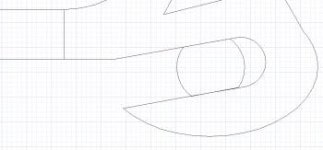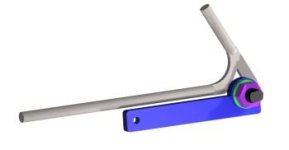hi all
I'm starting this thread to help ebikers out there who have hub motors and need torque arms for them advice from all is wanted as I want to make this as compleat as posable.
companys that make arms
axel hole shapes for diffrent motors
size and thickness of arm for a motor at a voltage
all and anything else you can think of wanted
The first thing I have to say is find a lazer cutter to cut out the arms for you if they need to be custom jobs, ask around I am getting a pair for my new build out of 8 mm stainless steel for £15 the shipping would be that as well so I will collect.
I'm starting this thread to help ebikers out there who have hub motors and need torque arms for them advice from all is wanted as I want to make this as compleat as posable.
companys that make arms
axel hole shapes for diffrent motors
size and thickness of arm for a motor at a voltage
all and anything else you can think of wanted
The first thing I have to say is find a lazer cutter to cut out the arms for you if they need to be custom jobs, ask around I am getting a pair for my new build out of 8 mm stainless steel for £15 the shipping would be that as well so I will collect.


















